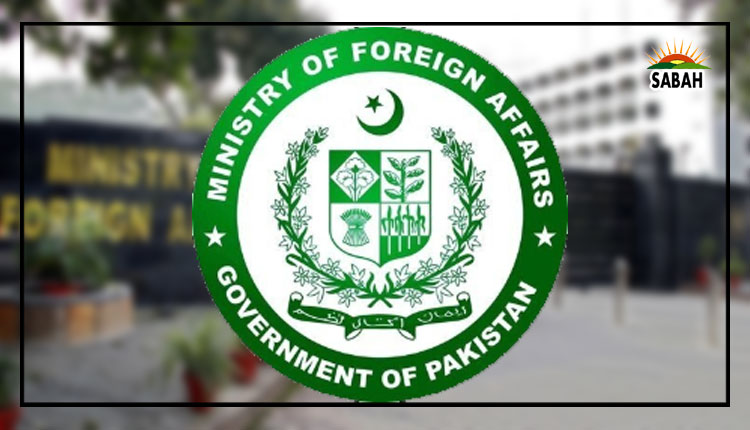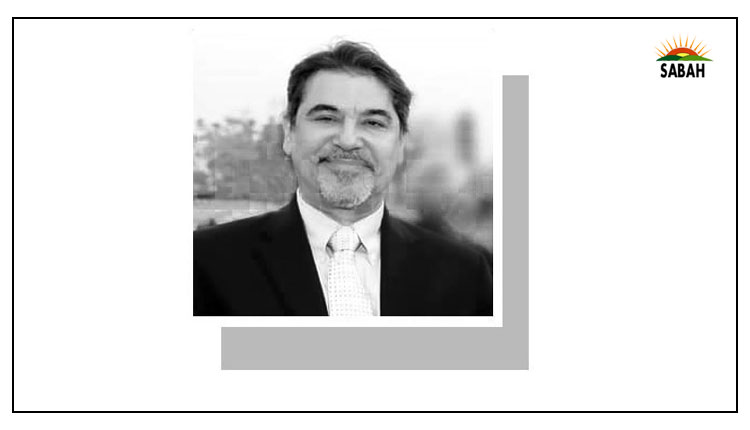Learning from our last default…Farrukh Iqbal
THERE has been much talk recently of Pakistans seeking a restructuring of its external debt servicing obligations. We last requested such restructuring in December 1998. What lessons does our past experience hold for our current predicament?
After it carried out a series of nuclear explosions in May 1998, important bilateral lenders imposed sanctions on Pakistan and cut off new loans. Multilateral lenders also suspended new loans.
To conserve foreign exchange, Pakistan cut back on public spending, devalued the rupee and instituted capital controls. This proved insufficient. The country was still unable to pay maturing claims and requested a restructuring of its bilateral debt through what is called a Paris Club process.
The restructuring negotiations began in December 1998 and ended in December 2001. By January 2001, three agreements had been reached, covering around $6 billion of debt. At one-third of the total bilateral debt, this was a modest yield for more than two years of effort.
Then, in December 2001, a fourth agreement was announced. This extended restructuring terms to the entire remaining stock of bilateral debt of around $12.5bn. Also and separately, sanctions were lifted and access to multilateral lending restored.
Why was the last round so generous? The reason was political. Pakistan had signed up as an ally of Western powers after the Al Qaeda-sponsored attack on the US on Sept 11, 2001, so the December round could be thought of as a reward.
The State Bank of Pakistan calculated the net present value of the debt reduction to be between 28 per cent and 44pc. The 10 years after 2001 also saw an enormous increase in grant flows to Pakistan, rising from around $130 million per annum in 2000 to around $2.9bn in 2011.
Why were we unable to use the period of debt relief to get on a sustainable debt-servicing trajectory?
Life after restructuring was initially rosy. The debt servicing ratio (or ratio of repayment claims to export earnings) declined from 33pc in 1999 to 9.5pc in 2011, due both to a decline in claims (achieved by the debt restructuring) and an increase in export earnings. Indeed, nominal exports rose sharply from $9bn in 1999 to around $31bn in 2011.
Nevertheless, Pakistan returned to the IMF in 2008 and then again in 2013 and 2019. Why were we unable to use the period of debt relief to get on a sustainable debt-servicing trajectory?
There were two main reasons for this. The first was the start (some might say resumption) in 2004 of a politics-induced cycle in which governments in power raise public spending a couple of years before parliamentary elections, hoping to buy electoral popularity.
This was done by the Musharraf government prior to 2008, the PPP government prior to 2013, the PML government prior to 2018 and the PTI government in 2021 (prior to elections scheduled for 2023). In each case, fiscal relaxation led to rising imports and eventually a reserves crisis, with the stock of reserves falling below two months of import cover.
The second reason was a surprising collapse in export growth after 2011. After rising rapidly during 2001-11, nominal exports stagnated for the next nine years, at around $30bn. Together with rising debt-service claims following the end of the relief period, these factors pushed the debt-servicing ratio from 9.5pc in 2011 to 36pc in 2019, higher even than the 33pc in 1999, when the restructuring started.
We can draw three lessons from this experience.
First, the terms of restructuring help a lot. As noted, Pakistan got a generous deal in December 2001, providing substantial relief for the next 10 years. Will it get a similar deal now? Recall that the generosity in 2001 was occasioned by Pakistans usefulness to the West as an ally in the war on terror.
This is no longer the case. Western intervention in Afghanistan ended formally in 2021 and Pakistan is no longer needed for that fight. So Western bilaterals may be less inclined to help this time around.
Will China help? So far, it has not played a big role in debt restructuring for developing countries. It has had to be dragged into such negotiations and has not been known for generosity in the process. However, as a major lender to Pakistan and a political ally, it may find its interests best served by taking the lead in Pakistans hour of need.
The second lesson has to do with our politics. Debt restructuring provides breathing room, but it is up to us to use this to undertake stabilisation and structural actions to put debt servicing on a sustainable track. Will our politics allow this? The record since 2004 is uninspiring.
No political party has shown the intent or ability to control fiscal deficits and imports for long or undertake sustained reforms to fix underlying structural problems.
The third lesson is that export expansion is critical to avoiding payments crises. It provides economic growth, job growth and foreign exchange accumulation simultaneously. When in full flow, it even relieves politicians of having to take difficult spending and revenue actions. So, as we stabilise the economy, we must also aim for a prolonged export upsurge.
This is certainly possible because a substantial depreciation has occurred in recent years. However, it takes more than depreciation to get an export engine going. The overall business climate has to be attuned to exports. Successful export-led growth experience among East Asian countries since the 1950s suggests that this takes an all-hands-on-deck approach.
It may also take more than one or two electoral cycles for investors to be convinced that pro-export policies are there to stay. Our record here is also uninspiring. No political party has shown the ability to organise a successful export campaign, or the stamina to stick with it for the necessary duration. Will this change after the next bailout? One can only hope.
Courtesy Dawn












